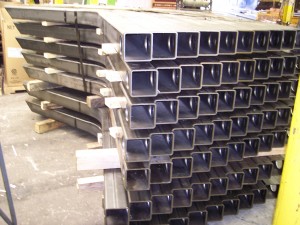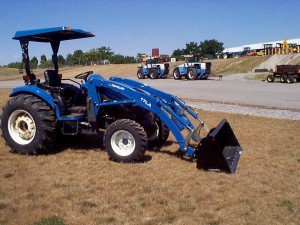Except for seamless tubing and pipe, the other grades of tubing and pipe have a longitudinal weld seam. When tube bending is done for OEM parts, the question often arises about where to locate the weld seam.
Possibilities include putting the weld seam on the inside radius of the bend, on the outside radius of the bend, and on the centerline radius of the bend. Further complicating the issue is the fact that the location of the weld seam is not necessarily centered on the side of a square tube or rectangular tube although it is usually located some distance from the corners for structural reasons.
The weld seam on rectangular tubing may be put on either the short side or the long side: different tube mills vary in this regard. Under some circumstances, a mill will accept an order with some restrictions regarding the location of the weld seam. In the case of tubes telescoping one within the other, e.g. a 1-1/2 x 3/4 tube telescoping into a 2 x 1 tube, it may be actually desirable to have the weld seam close to a corner.
Unless there is a reason to do otherwise, most often the weld seam on round tubing and pipe is located on the centerline radius which is the neutral axis of the bend. Depending on the design of the parts, there may be top and bottom locations for the weld seam.
An example of an OEM requesting the location of the weld seam on square tube bending are these “tongue tubes” that function as a connection between a tractor and a wagon, for example. Here a drawing specifies that the seam be on the center line diameter located on a side defined by the miter cut, drilled hole and straight tangents.
Often when appearance is most important, the weld seam is hidden on the “back” side. For the arms supporting a bucket on a front-end loader, the customer wanted the 5 x 2 x 1/4 tubes bent such that the seam was hidden from view from either side of the vehicle.
OEM design engineers, OEM fabricators and subcontractors specializing in tube and pipe bending often work together with tube mills to create the optimal solution for a given bent or curved component part. Further welding information can be found at www.gawdawiki.org.









